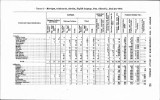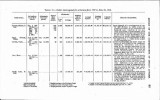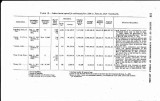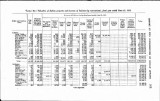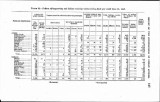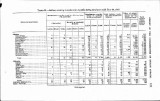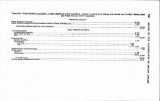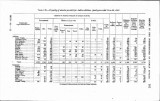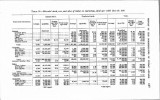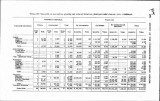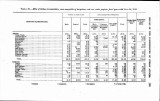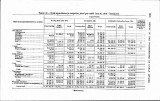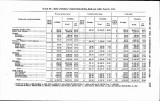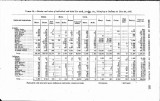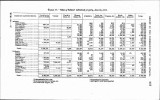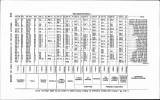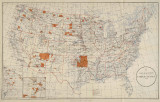| OCR Text |
Show 22 REPORT OF THE COMMISSIONER OF INDIAN AFFAIRS. VIBUAL INSTRUCTION. One feature of the work which bears upon every phase of Indian education is that of visual instruction. Stereopticons are now in use at most of the schools and careful attention was given to the selec-tion of a complete list of topics suitable for use in the instruction of pupils in geography, history, industrial activities, manufacturing processes in connection with the production of machinery, etc. A series of lectures along mornl lines was given by Dr. Milton Fairchild in a number of schools, his talks being illustrated by selected pictures. This plan was used particularly m connection with the study of "Home building," which was the subject of essays written by the pupils of those schools maintaining grades above the second. The improvement of home conditions among Indians is of vital impor-tance to the future health, happiness and usefulness of the Indian. About 700 prizes were awarded to those pupils preparing the best essay on the subject of "Home building." The results obtained were excellent. The Indian chddren took great interest in the study and no doubt gained a large fund of practical and useful knowledge relative thereto. Many pupils prepared creditable house plans, wrote descriptions of their ideal houses and their equipment, and drew word pictures of their ideal future homes. PWSICAL TRAWING. Outdoor life being essential to the health of Indian pupils, play-grounds are avaitable at all schools; and where homemade rtpparatus has not been provided, the office has authorized the purchase of ample equipment for both boys and girls. Baseball, basket ball, and other forms of athletics are enjoyed at all the larger schools. The boys are organized into military companies, and in order to effect a uniform system of drilling a pamphlet has been published for the use of employees reproducing a portion of the Manual for Infantry Drills now used by the United Stattes Army. PUELlC SCHOOLS. A large number of Indian pupils have been eprolled in the publio schools, and the relationship between the public-school authorities and the Indians has been very satisfactory. In most communities there is but little opposition to the enrollment of healthy Indian children in these schools. Where public-school facilities are available and Indian parents are owners of taxable property but have actually paid little or no taxes, the public-school authorities have maintained, when the district is poor financially, that children of such parents should pay for tuition in the public schools, the tuition to be paid for by the General GOT- |






























































